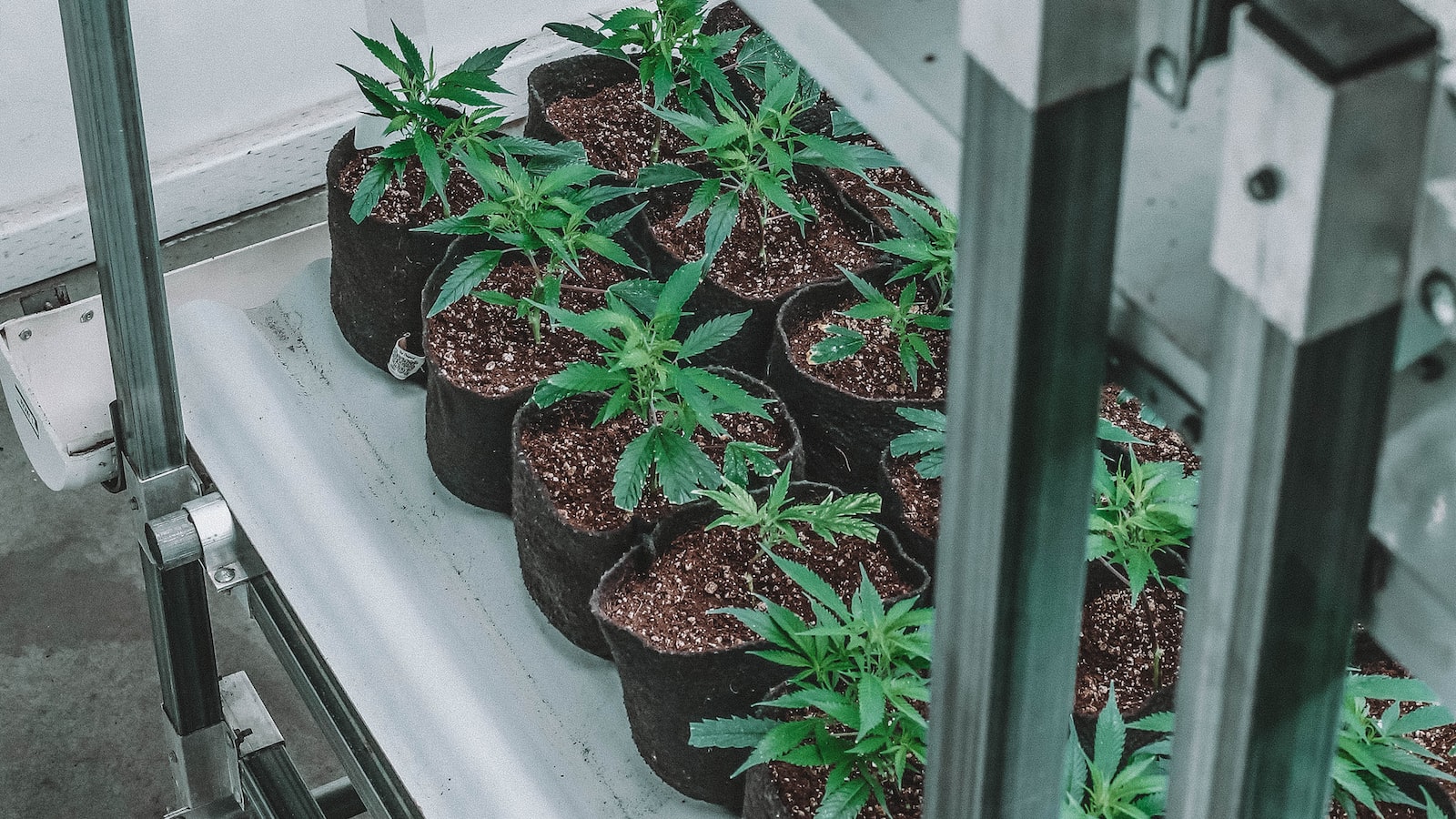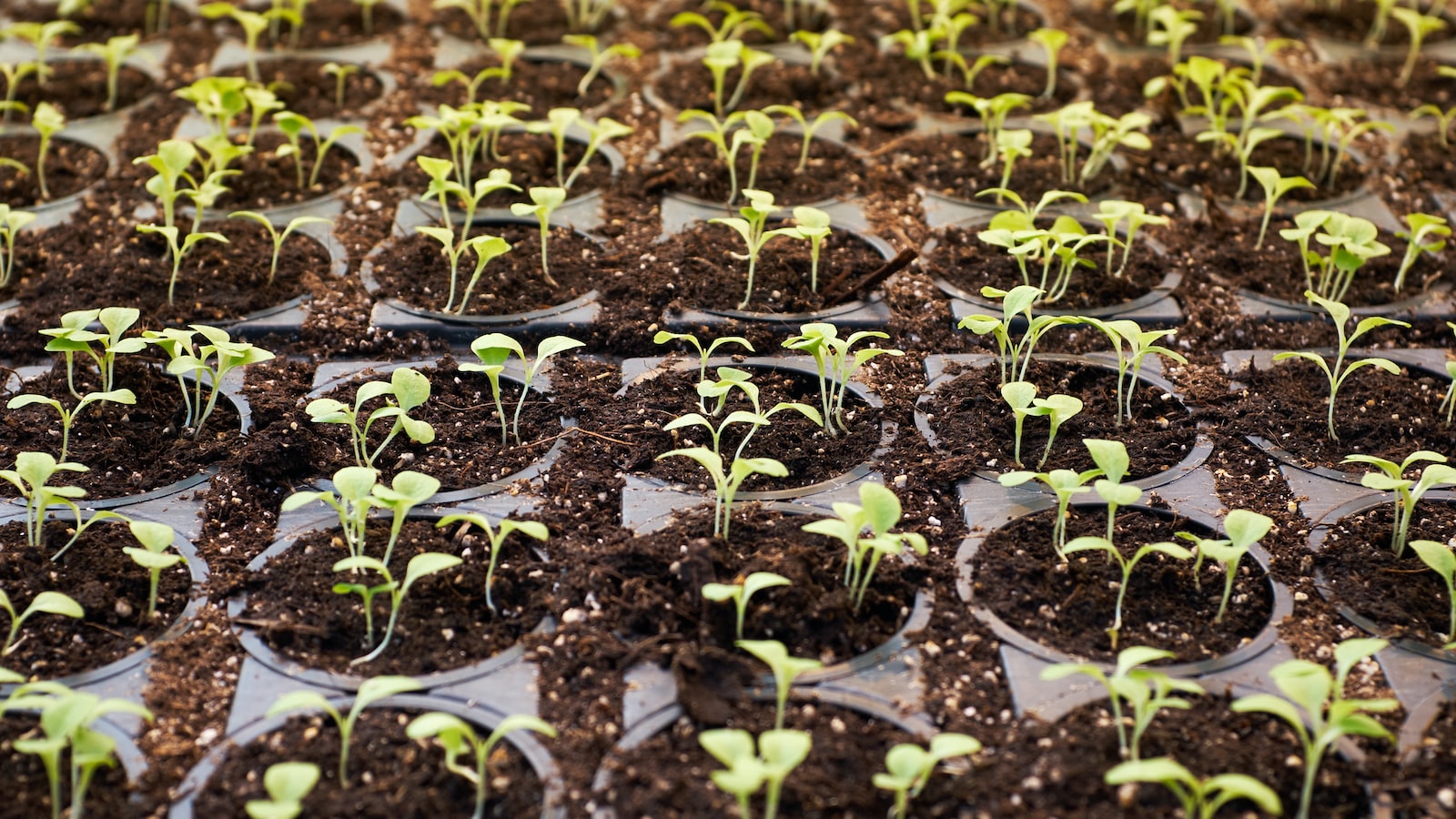The Delicate Symphony of Hydroponics: Why Are My Lush Green Beauties Wilting?”
Welcome to the enthralling world of hydroponics, where the art of nurturing plants takes on a seemingly magical touch. As you gaze upon your meticulously crafted indoor garden, filled with vibrant greens thriving without the need for soil, a sense of accomplishment and wonder fills your heart. But wait! Suddenly, your once flourishing hydroponic plants start to droop and wither, leaving you bewildered and slighted. What could be causing this unexpected demise of your chlorophyll-filled darlings? Fear not, noble grower, for we are about to embark on a journey to uncover the secrets behind your wilting hydroponic plants. Grab your curiosity and join us as we unravel the delicate symphony of hydroponics and the mysteries behind their unexpected wilt.
Potential Causes of Wilting in Hydroponic Plants
There could be several potential causes behind the wilting of hydroponic plants. One possible reason could be improper watering. Overwatering or underwatering can both lead to wilting. It is essential to strike a balance and provide adequate moisture to the plants. Another possible cause could be nutrient deficiencies. Since hydroponic plants rely on nutrient solutions rather than soil, it is important to ensure that the correct balance of nutrients is being provided. Lack of essential minerals like nitrogen, phosphorus, or potassium can result in wilting.
Additionally, wilting may occur due to disease or pest infestation. Fungal or bacterial infections can cause plant tissues to weaken and wilt. It is crucial to maintain a clean and sanitary environment to prevent the spread of diseases. Furthermore, pests like aphids, spider mites, or whiteflies can damage the plants and cause wilting. Regular monitoring and effective pest control measures are necessary to keep the plants healthy and thriving.
Features
- Adequate watering: Ensure plants receive the correct amount of water to prevent wilting.
- Proper nutrient balance: Supply the correct mix of nutrients to prevent nutrient deficiencies and wilting.
- Sanitary environment: Maintain cleanliness to prevent the spread of diseases and fungal infections.
Tips
- Use a moisture meter to accurately monitor the moisture levels in the growing medium.
- Implement a regular nutrient testing schedule to ensure the plants receive the necessary nutrients.
- Inspect plants regularly for signs of pests or diseases and take prompt action if any are found.

The Role of Nutrient Imbalance in Hydroponic Plant Wilting
Hydroponic gardening offers a convenient and efficient way to grow plants without soil. However, even the most seasoned hydroponic gardener can face the frustrating problem of wilting plants. If you find yourself wondering, “why are my hydroponic plants wilting?”, the answer may lie in the role of nutrient imbalance.
Nutrients are crucial for the growth and overall health of plants. In a hydroponic system, these essential nutrients are delivered directly to the plants’ roots through a nutrient solution. However, if the ratio of nutrients is imbalanced, it can hinder proper absorption and utilization by the plants. This leads to various issues, including wilting. It is important to note that pinpointing a specific nutrient imbalance can be challenging, as different plants have specific nutritional requirements. However, there are key signs to watch out for which may indicate whether a nutrient imbalance is affecting your hydroponic plants.
Signs of nutrient imbalance in hydroponic plants include:
- Wilting leaves, even when the root zone is adequately hydrated
- Discoloration or yellowing of leaves, either uniformly or in specific patterns
- Stunted growth or reduced plant vigor
- Leaf curling or distortion
To address and prevent nutrient imbalance, consider the following features or tips:
| Feature/Tips | Description |
|---|---|
| Regular Nutrient Testing | Monitor nutrient levels frequently using testing kits to ensure they align with the specific needs of your plants. |
| Balanced Nutrient Solution | Maintain the correct ratio of nutrients in your solution, catering to the specific requirements of your plants. |
| Proper pH Management | Regularly measure and adjust the pH of your nutrient solution, as pH fluctuations can affect nutrient availability to plants. |
By paying close attention to nutrient levels and ratios, as well as implementing proper pH management, you can tackle nutrient imbalances that may be causing your hydroponic plants to wilt. Remember to tailor your nutrient solution to the specific needs of each plant, providing them with the optimal conditions for growth and vitality.
Environmental Factors and their Impact on Hydroponic Plant Health
Environmental Factors Affecting Hydroponic Plant Health
When it comes to hydroponic gardening, there are various environmental factors that can significantly impact the health of your plants. Understanding how these factors influence your plants is crucial for maintaining a thriving hydroponic system.
1. Temperature: Temperature plays a critical role in hydroponic plant health. High temperatures can cause wilting, while low temperatures can slow down growth. It is important to maintain an optimum temperature range for your plants to flourish.
2. Humidity: Humidity levels directly affect transpiration, the process by which plants absorb moisture through their leaves. Low humidity can lead to excessive water loss, resulting in wilting. Conversely, high humidity may encourage the growth of fungal diseases. Finding the right balance is essential for plant health.
| Feature/Tips | Benefits |
|---|---|
| Proper lighting | Ensures photosynthesis, promoting healthy growth |
| Regular water monitoring | Prevents under or overwatering, maintaining proper hydration |
| Air circulation | Reduces the risk of diseases and mold formation |

Recommended Strategies to Prevent and Address Wilting in Hydroponic Plants
It can be frustrating to witness your hydroponic plants wilting, especially after all the hard work you’ve put into growing them. But fear not, there are several effective strategies you can implement to prevent and address wilting in your hydroponic plants. By following these tips and tricks, you’ll be able to maintain the health and vitality of your plants, ensuring a bountiful harvest.
| Tips | Features |
|---|---|
| 1. Adequate Nutrient Balance: | Ensure proper nutrient solution concentration and regularly monitor pH levels to avoid nutrient deficiencies or imbalances. |
| 2. Appropriate Lighting: | Provide your plants with the right amount and spectrum of light to promote healthy growth and photosynthesis. Adjust lighting levels as the plants mature. |
| 3. Proper Watering Technique: | Monitor and maintain appropriate moisture levels in your hydroponic system. Avoid overwatering or underwatering by utilizing a timer or sensor-based watering system. |
The key to preventing wilting in hydroponic plants lies in maintaining optimal growing conditions. This includes regular monitoring of environmental factors such as temperature and humidity, as well as ensuring proper ventilation to prevent the buildup of excessive heat or moisture. Additionally, regularly inspect your plants for signs of pests or diseases, as these can contribute to wilting. By following these recommended strategies and giving your plants the care they need, wilting will become a thing of the past, and you’ll be rewarded with vibrant and thriving hydroponic plants.
Frequently Asked Questions
Q: Why are my hydroponic plants wilting?
A: Let’s delve into the mysteries of wilting hydroponic plants and uncover the underlying factors causing this horticultural dilemma!
Q: What is the most common reason for wilting in hydroponic plants?
A: Ah, the culprit lies in the delicate balance of nutrient levels! Imbalanced nutrient solutions, either too much or too little, can leave your plants gasping for breath. Remember, moderation is the key to vibrant hydroponic life!
Q: How can I rescue my wilted hydroponic plants from the brink of doom?
A: Fear not, my green-thumbed friend! Check the reservoir’s pH levels, adjust them accordingly, and watch your plants perk up like they were just serenaded by a chorus of motivated garden gnomes. Additionally, ensure proper air circulation and consider adjusting your lighting setup – your plants might just need a bit of a pampering session!
Remember, the world of hydroponics can be both enigmatic and rewarding, so stay vigilant, experiment, and embrace the botanical dance of life! As we conclude our exploration into the perplexing phenomenon of wilting hydroponic plants, we hope to have shed some light on the factors responsible for these unfortunate occurrences. While maintaining a hydroponic garden offers a plethora of benefits, such as controlled nutrient availability and superior growth rates, it also demands our attention and vigilance.
As aspiring hydroponic gardeners, it is crucial to comprehend the delicate dance between environmental factors, nutrient availability, and proper plant care. By recognizing the importance of vital elements like adequate lighting, appropriate temperature levels, balanced nutrient solutions, and meticulous pest management, we can navigate the intricate world of hydroponics with greater confidence.
Remember, dear reader, that wilting cannot simply be attributed to a single cause. Instead, it often emerges as a complex interplay of numerous factors, similar to a carefully choreographed symphony. By diagnosing any signs of wilting promptly, we can address these issues and implement effective remedies before they progress further.
Hydroponics, like any other form of gardening, requires patience and persistence. The journey towards a thriving hydroponic garden might encounter a few bumps along the way, but let not setbacks deter your green ambitions. Use these challenging moments as opportunities to learn and adapt, unlocking the secrets to nurture robust plant growth.
We sincerely hope that the wisdom garnered from our exploration will serve as your guiding light during the challenging times when your hydroponic plants begin to wilt. By applying this newfound knowledge and with unwavering determination, we’re confident that you can banish wilting from your hydroponic oasis, paving the way for a flourishing and vibrant garden.
In the vast expanse of our hydroponic journey, the occasional wilting might merely be a harbinger of growth yet to come. Embrace this adventure, modifying and evolving our techniques as we strive to create a verdant haven, where healthy plants thrive, defying the limits of soil and embracing the boundless possibilities of hydroponics.
- When to Put Weed and Feed on Lawn in Michigan - October 16, 2023
- When to Fertilize Potatoes Plants - October 16, 2023
- Can You Plant Clover in the Spring - October 16, 2023
Contents
- 1 Potential Causes of Wilting in Hydroponic Plants
- 2 The Role of Nutrient Imbalance in Hydroponic Plant Wilting
- 3 Environmental Factors and their Impact on Hydroponic Plant Health
- 4 Environmental Factors Affecting Hydroponic Plant Health
- 5 Recommended Strategies to Prevent and Address Wilting in Hydroponic Plants
- 6 Frequently Asked Questions

